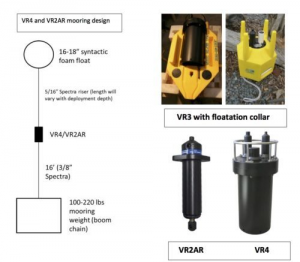Prince William Sound Ocean Tracking Network
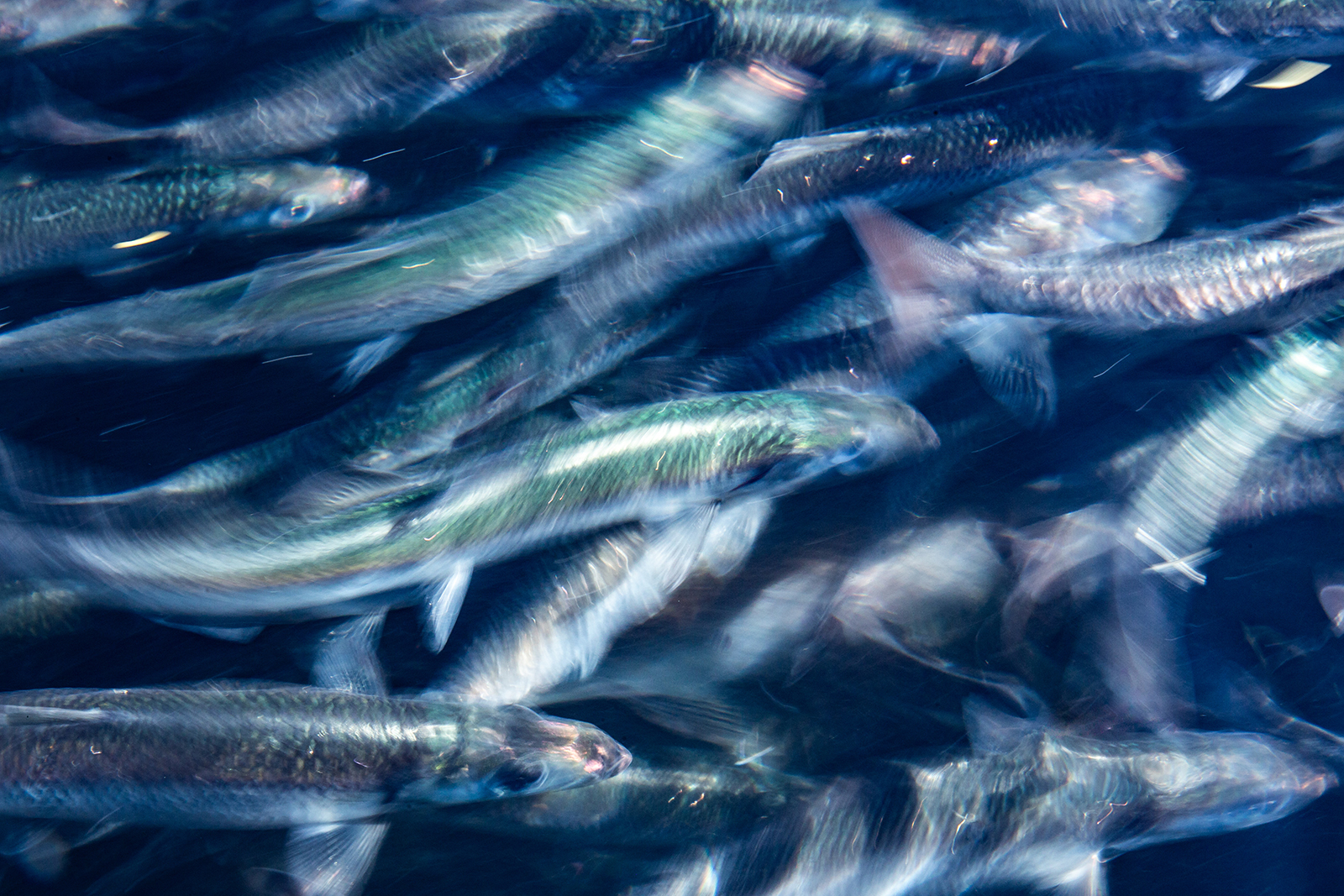
Location of Data
The Need
Knowledge of fish movements and migrations are critical to understanding fish population dynamics. In the decades prior to 1990 there was a robust Pacific herring population in Prince William Sound. Not only are these forage fish a key link in the complex food web of Prince William Sound, but they supported a lucrative early season commercial fishery that brought the communities of the Sound to life each spring. Following the 1989 Exxon Valdez oil spill, PWS herring have been considered a species still not “recovered” from the effects of the spill.
Project Location
Prince William Sound is located in southcentral Alaska.
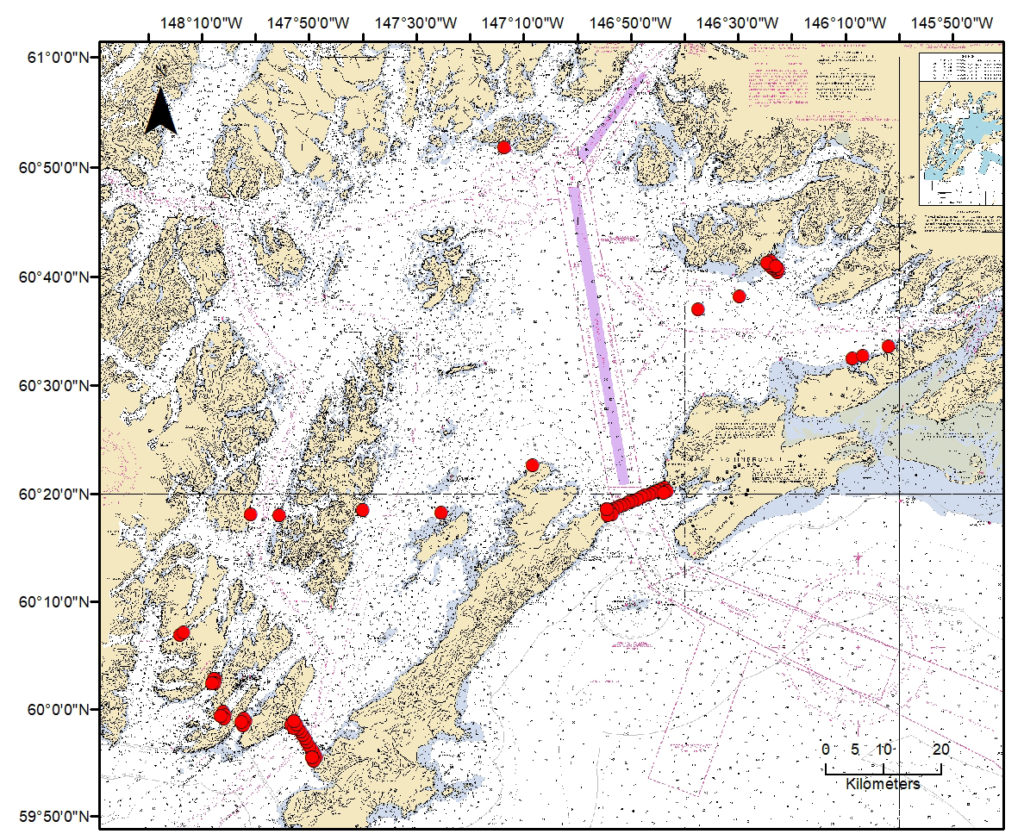
Project Details
The Prince William Sound Science Center (PWSSC), with AOOS as a partner, has been tracking fish movements in Prince William Sound for more than 10 years using underwater acoustic receivers, part of the Ocean Tracking Network. Over the years, Pacific herring, copper rockfish, lingcod, Pacific cod, and most recently, walleye pollock have been surgically implanted with acoustic tags by Science Center staff.
When an acoustic-tagged fish travels within a receiver’s range, the receiver detects the pulses from the transmitter, and records the date, time, and fish id number. Depending on the tag, other data including swimming depth and temperature can also be recorded. The Science Center periodically uploads the data using a surface modem that communicates with the receiver or by retrieving the receiver.
Currently there are ~65 acoustic receivers deployed in the Sound. Most of these receivers are located in “curtains” that span the major entrances between the Gulf of Alaska and Prince William Sound. These include Hinchinbrook Entrance, southern Montague Straight and the four Southwest Passages (Bainbridge, Prince of Wales, Elrington, and LaTouche). These hydrophone arrays are the only series of arrays in Alaska and are providing us with new information on fish species ranging from salmon sharks to Pacific herring.
Publications
Bishop, M.A. and J. Eiler. 2018. Migration patterns of spring-spawning Pacific Herring in Alaska’s Prince William Sound. Deep Sea Research II http://dx.doi.org/10.1016/j.dsr2.2017.04.016
Eiler, J. and M.A. Bishop. 2016. Determining the post-spawning movements of Pacific herring, a small pelagic forage fish sensitive to handling, with acoustic telemetry. Transactions of American Fisheries Society. 145:2, 427-439, http://dx.doi.org/10.1080/00028487.2015.1125948
Bishop, M.A., B.F. Reynolds, and S.P. Powers. 2010. An in situ, individual-based approach to quantify connectivity of marine fish: ontogenetic movements and residency of lingcod. PLoS ONE 5(12): e14267. https://doi.org/10.1371/journal.pone.0014267
Principal Investigator
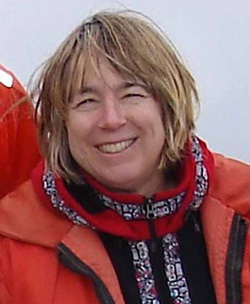
Research Scientist,
Prince William Sound Science Center
